Introduction to formal design of software
Introduction to formal design of software
Frédéric Herbreteau, Bordeaux INP/LaBRI (frederic.herbreteau@bordeaux-inp.fr)
Is this program correct?
def fact(n):
return 1 if n == 0 else n * fact(n - 1)
- What does it mean?
- How to assert it?
Some examples where it matters
Therac-25 Radiation Overdosing (1985-87)

- Radiation machine for treatment of cancer patients
- At least 6 cases of overdoses in the period 1985-1987
- Three death cases
- Issue: design error in the control software (race condition)
Pentium FDIV Bug (1994)
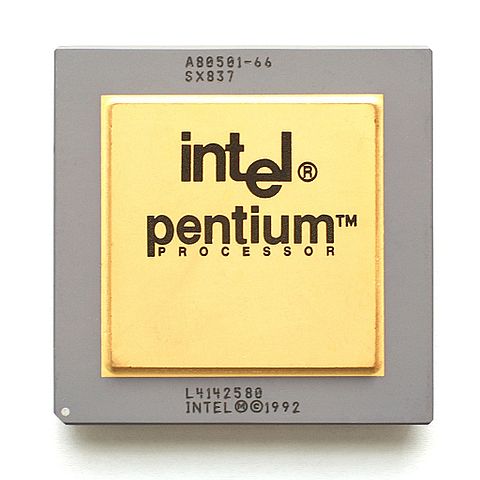
- FDIV= floating point division unit
- 1 in 9 billion floating point dividers would produce inacurate results
- Cost: 500 million US$ in replaced processors
- Issue: flaw in a division table
Ariane V crash (1996)

- Cost: more than 500M US$
- Issue: data conversion from 64-bit floating to 16-bit signed integer
BOEING 737-MAX (2019)

- 356 people died (2 crashes)
- Cost: tenths of billion US$
- Issue: design of the flight control software (MCAS)
911 Outage (2020)

- 911 emergency call unavailable for ~1h
- Patients at risk:
- heart attack: 1h-3h
- low oxygen saturation: <1h
- acute bleeding: <1h
- Issue: hard limit on an incoming-calls of 40 million (new calls dropped)
Also in 2014, 2018, 2019
Why it is difficult to verify computer systems?
- Big number of components interacting together
- Intrication between components (lack of abstraction at the specification or code level)
- Focus on programming languages instead of mathematical concepts behind
- Some bugs are difficult to detect with widespread development techniques (code reviews, testing, etc)
Main causes that lead to software bugs
- Almost all errors were due to flaws in specification and not in coding
- Reliability techniques (like redundancy) not effective for software
- Assuming the risk decreases over time
- Revision for undesired behaviours is very productive
- Software reuse without safety analysis
- Unnecessary complexity of software
(source: “The role of software in recent Aerospace Accidents”, Nancy G. Leveson Aeronautic and Astronautic Department MIT)
Formal verification at work
The transputer project

- Processors for parallel computing (notably used in GPS)
- formal development of T800 FPU
- formalisation revealed issues: diagnostic information should be propagated, but it was impossible sometimes
- Queen’s Award for Technological Achievement (1990)
Provably secure cryptography
- Everest project
- verified implementations of protocols behind
https(TLS, etc) - secure software actually deployed (Linux, Azure, Firefox, etc)
- verified implementations of protocols behind
- Cryptoline project
- tool and a language for the verification of low-level implementations of mathematical constructs
- verified implementations in OpenSSL, mbed TLS, etc
- Fiat-Crypto
- synthesizing correct-by-construction code from cryptographic primitives
Paris metropolitan 14

- Driveless train system: automatic control and signaling
- Developed using B-method
- B: 115.000 lines, 27.800 lemmas
- Ada: 86.000 lines
- Automatically proven: 92%
- Time to develop: ~4 years
- Bugs development & tests: 0
- Bugs since deployment: 0
Amazon Web Services
- In 2013, S3 is 2.000.000.000.000 (2 trillions) objects, 1.1 million requests/second
- Standard “verification” techniques in industry: Deep design reviews, Static code analysis, Fault-injection testing, …
- DynamoDB: scalable, high-performance, high-availability storage
- Informal proofs already found bugs
- Formalization in TLA+ revealed a very subtle bug in the full fault-tolerance algorithm (has passed all reviews, 2 other bugs found later)
- New features are now first modeled and checked in TLA+
human intuition is poor at estimating the true probability of supposedly “extremely rare” combinations of events
Return on experience (AWS)
[…] help engineers to get the design right. […] If the design is broken then the code is almost certainly broken. Coding mistakes extremely unlikely to compensate mistakes in design.
[…] gain a better understanding of the design. […] can only increase chances that they will get code right.
[…] write better assertions […], a good way to reduce errors in code. Formal methods help engineers to find strong invariants, so formal methods help to improve assertions, which help improve the quality of code.
(source: Chris Newcombe, Rath Tim, Fan Zhang, Bogdan Munteanu, Marc Brooker, and Michael Deardeuff. Use of Formal Methods at Amazon Web Services. 2014)
CompCert
- Buggy compilers may silently introduce errors in otherwise correct programs
We have randomly generated C programs, and used them to find compiler bugs. So far, we have reported >325 previously unknown bugs. Every tested compiler has been found to silently generate wrong code on valid inputs (source: PLDI’11)
- CompCert: formally verified, realistic C compiler with optimizations
Semantic preservation theorem: for any source program S, if the compiler applied to S produces code C without reporting a compile-time error, then the observable behavior of C is one of the possible observable behaviors of S
- 2022 ACM SIGPLAN Programming Languages Software Award
- 2021 ACM Software System Award
Airbus

- Development of Level A controllers for A340/600 series
- 70% of code generated automatically
- Quick management of requirements changes
- Major productivity improvement (new project = software $\times$ 2)
- Esterel SCADE has been adopted for most of on-board computers of the A380
What are formal methods?
Specification
- Giving precise statement of what the system must do while avoiding constraints on how it is achieved
Example: everybody should be happy
- Informal specifications are often ambiguous and imprecise
Example: Compute factorial of n
- Formal specification is a mathematical object. One can analyse it, manipulate it, reason about it
Example: PRECOND: $n \in \mathbb{N}$ POSTCOND: returned value is $n!$
Formal methods
- Formal methods allow to mathematically reason about systems
Example: \(\lbrace n \in \mathbb{N}\rbrace \ \texttt{ def fact(n): return 1 if n == 0 else n * fact(n-1) } \ \lbrace r=n!\rbrace\)
- Problem: formal specifications are typically large (thousands of lines)
- Automatic techniques are crucial to be able to analyse real-life systems
Automatic verification is impossible
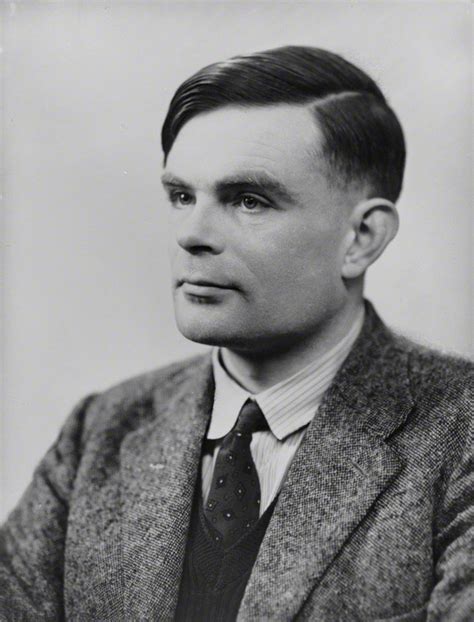
Program termination is not decidable (Alan Turing, 1936) There is no algorithm to decide if a Turing Machine stops on the empty input
Hence, verification should be:
- either incomplete,
- or not fully automatic
Methods of system verification
Peer reviewing
- Manual code inspection
- On average 60% of errors caught
- Subtle errors (concurrency, algorithm defects) hard to catch
- Used in 80% of all software engineering projects
- Refinement of this method: parallel developpement
Testing
- 30%-50% of development cost
- Programmers have to provide insights what to test, and what should be system response
- When to stop testing?
- Formal specifications help here:
- One of the most cost-effective uses of formal specifications
- New tools provide as good coverage as manual test cases, and they avoid programming test cases
Theorem proving
- Doing large proofs semi-automatically
Example: Induction proof, Floyd \& Hoare style proof
PRECOND: $n \in \mathbb{N}$ POSTCOND: $return = n!$
def fact(n): return 1 if n == 0 else n * fact(n - 1)$\frac{\lbrace n=0\rbrace \ \texttt{fact(0)} \ \lbrace 1 = 0!\rbrace \quad \lbrace n > 0 \, \land \, fact(n-1) = (n-1)!\rbrace \ \texttt{fact(n)} \ \lbrace n * fact(n-1) = n!\rbrace}{\lbrace n \in \mathbb{N}\rbrace \ \texttt{def fact(n): return 1 if n == 0 else n * fact(n-1)} \ \lbrace return = n!\rbrace}$
Model-checking
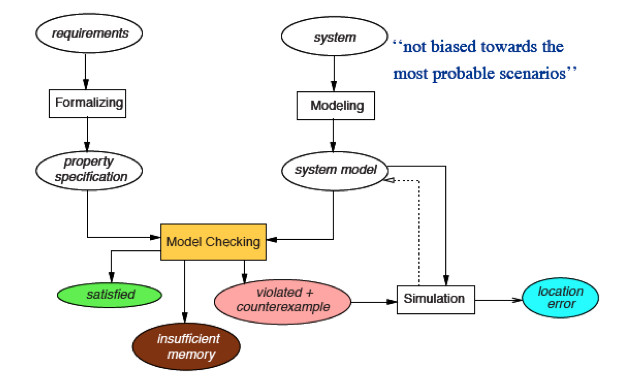
- inputs: finite state model of the system + set of required properties
- makes formal methods available to broad audience
Finite state model
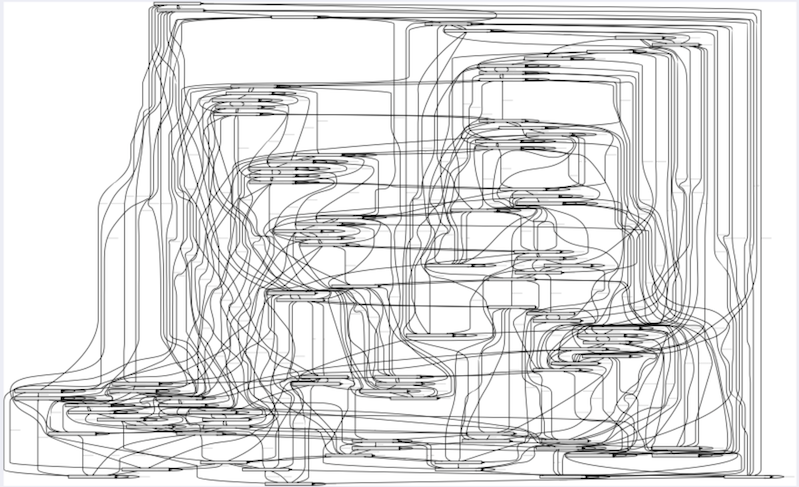
Properties
- The program terminates
- The programe does not terminate
- The computed value is correct
- A sequence of events is correct
- Mutual exclusion
- No deadlock
- No starvation
Pros vs. Cons of model-checking
- Advantages:
- Widely applicable
- Ensure specifications are correct before the system is built
- Fully automatic
- Produces counterexample
- Sound and interesting mathematical foundations
- Drawbacks
- Analyses of an abstraction of the system
- Focused on control and not data oriented applications
- High algorithmic complexity
Milestones towards model-checking
- Mathematical program correctness: Church, Turing (1949)
- Syntax-based techniques for sequential programs: Floyd, Hoare (1969)
- Invariant method and program refinment: Dijkstra, Hoare (70’s)
- Program logics (70’s)
- Algorithmic and dynamic logics
- Hoare logic
- Linear temporal logic
- Model-checking using temporal logics: Clarke \& Emerson (1981), Sifakis (same time)
- ACM Turing award 2007 “…highly effective verification technology…”
Get bugs as soon as you can
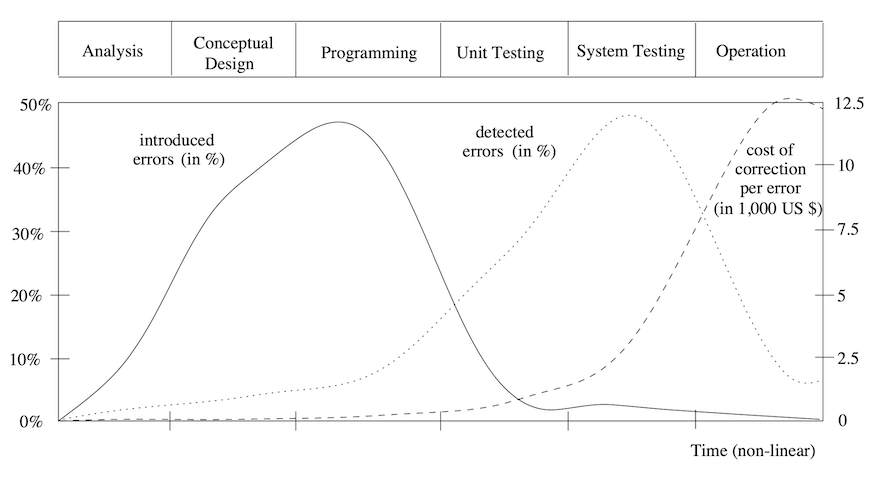
(source: “Principe of Model-Checking”, C. Baier and J.P. Katoen, 2007)
Conclusion
Summary
- Any verification using model-based techniques is only as good as the model of the system (abstraction)
- Formal methods are not silver bullet to eliminate errors
- They are not beyond budget of developers
- They are the only practical means to demonstrate the absence of undesired behaviour
- The process of developing a specification is often the most valuable phase
Who uses formal methods?
- Microsoft Azure / Amazon S3 (cloud computing)
- MongoDB Inc (Mongo DB replication protocol)
- Elastic (Elastic search replication protocol)
- Intel (processors)
- Airbus / Dassault (aircrafts, systems 3DS)
- ConsenSys (blockchain, smart contracts)
- Oracle (“Parfait” static analysis)
- Framatome (nuclear reactors)
- Bosch (automotive)
- …
What is next?
- Test vs. Model-checking vs. Proof
- Modelling and abstraction with TLA+
- Specification and verification
- Formal design of programs
- Detecting and solving bugs using model-checking